
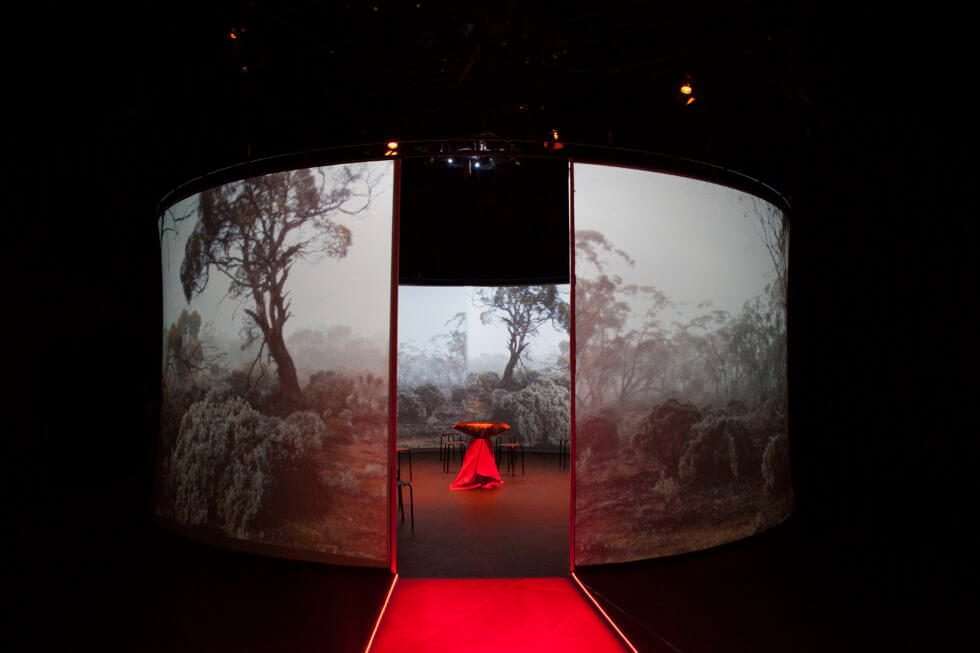
Paul Frederick Brown, University of New South Wales
"Involving over 50 creative artists – Alphaville Arts produced multi-arts storytelling by atomic survivors – indigenous communities, service personnel and civilians affected by atomic testing. Includes two immersive projections: • 'Ngurini' (searching) – forced relocation and intergenerational response of Pitjantjatjara Anangu after Britain‘s atomic testing at Maralinga in South Australia. • '10 Minutes to Midnight' – re-imagining the Maralinga experiments using archival material and surround sound. 'Nuclear' explores 'unruly' elements of the A-bomb and ongoing experimentation that plays out in the changed lives of survivor communities and environments; also contextual knowledge and art-politics of the recent South Australian Royal Commission into nuclear industry."
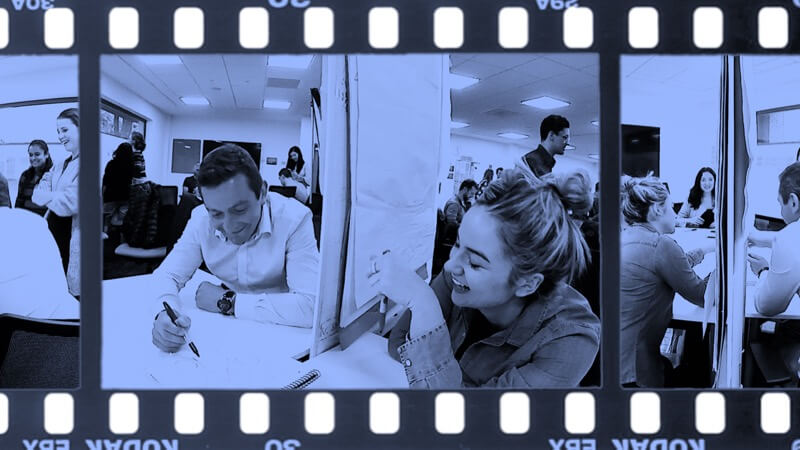
Allen Higgins, University College Dublin
"Involving over 50 creative artists – Alphaville Arts produced multi-arts storytelling by atomic survivors – indigenous communities, service personnel and civilians affected by atomic testing. Includes two immersive projections: • 'Ngurini' (searching) – forced relocation and intergenerational response of Pitjantjatjara Anangu after Britain‘s atomic testing at Maralinga in South Australia. • '10 Minutes to Midnight' – re-imagining the Maralinga experiments using archival material and surround sound. 'Nuclear' explores 'unruly' elements of the A-bomb and ongoing experimentation that plays out in the changed lives of survivor communities and environments; also contextual knowledge and art-politics of the recent South Australian Royal Commission into nuclear industry."
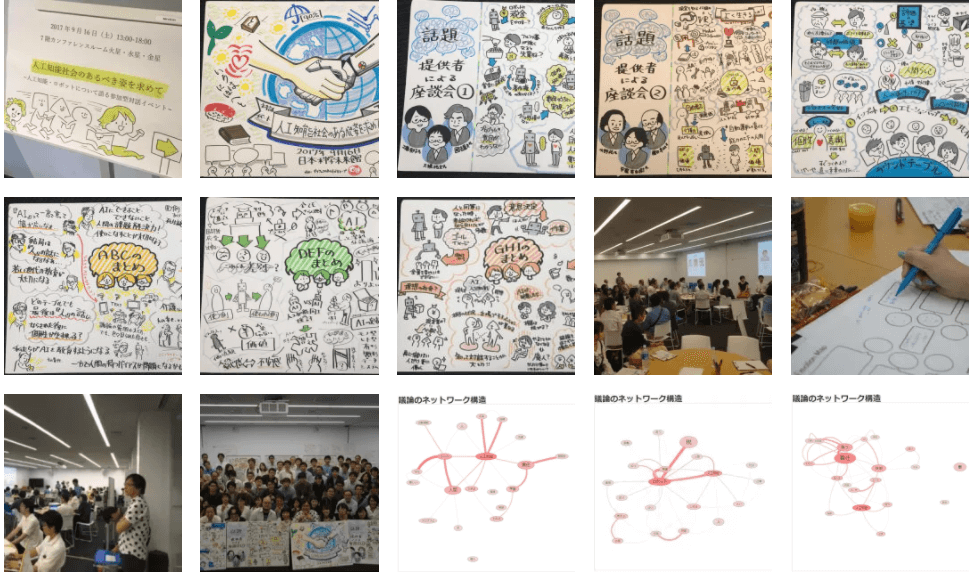
Arisa Ema
AI is pervasive throughout our daily lives and its ELSI were discussed by multi-stakeholders. An AI public dialogue event was held and various stakeholders were invited to participate in September 2017. The organizers emphasized the importance of beginning discussions from their own perspectives towards AI/robotics and used methodologies and tools that helped to express their emotions and values. In addition, the event was meaningful for bridging AI/robotics, social science, and humanities societies that never had a connection before. This collaborative culmination was based on grassroots discussions. This interdisciplinary dialogue and network continues in Japan.
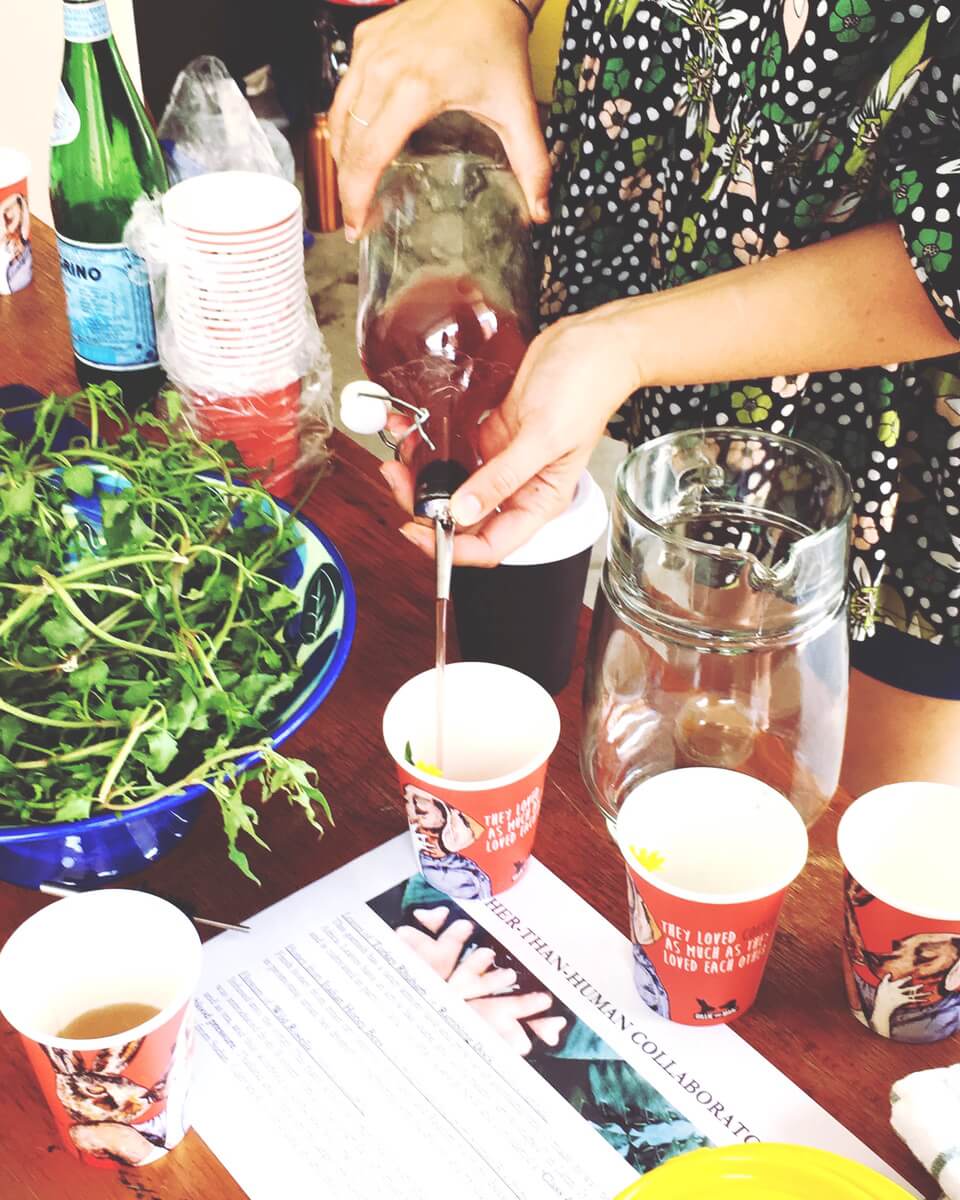
Emily Crawford;
Emily Crawford, Composting Feminism
A sensory, haptic tactical intervention to assist in the unsettling of our relationships with plants. Developing the concepts of multispecies jamming and DIY violence, a performative intervention grapples with the presumption that difference translates to ontological separation. This consumable pop up requires a valuing of plants beyond human use, opening...
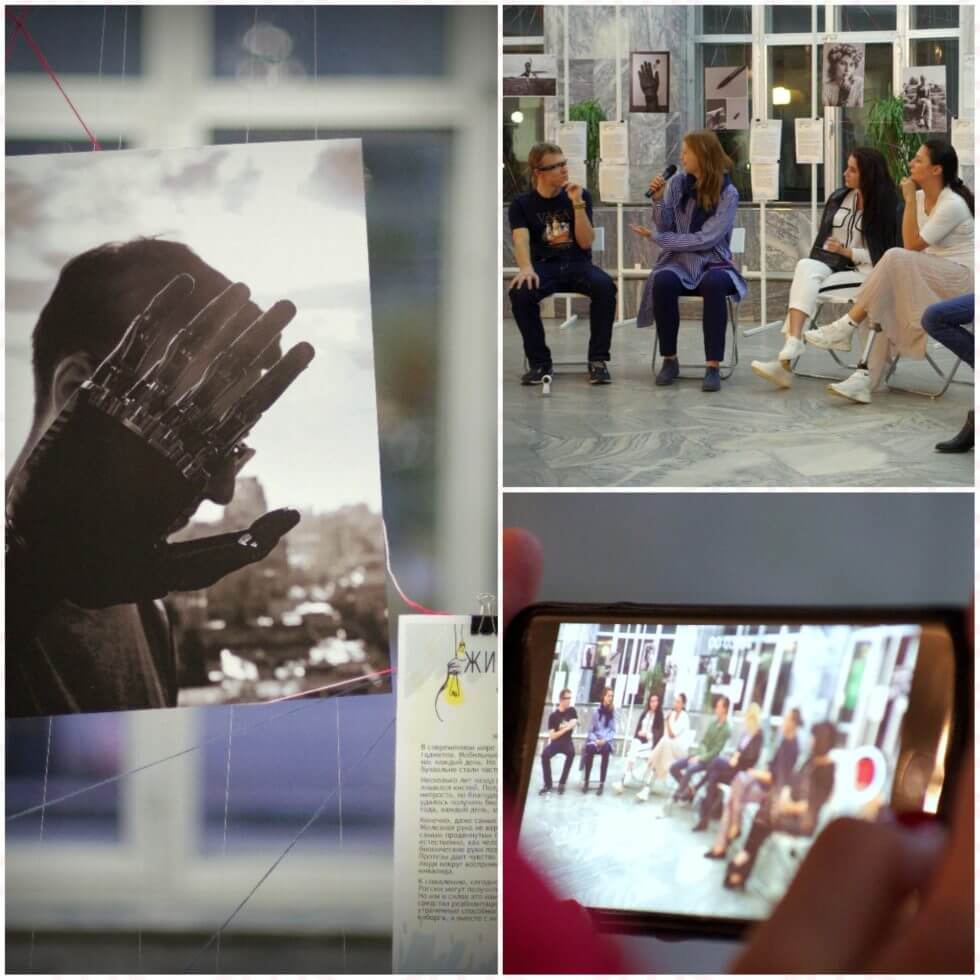
Alexandra Endaltseva, L‘École des hautes études en sciences sociales / Linköping University; Yannick Michaud. Nuit(s) Blanche(s) film director
The installation immerses 4S participants into the Life of Things Project, a collaborative performative intervention into the topics of care, human-thing relationships, and disability in Moscow, Russia, in September 2017 that I translate in my research practice as an event ethnography. The aim is to expand Life of Things Project with an international STS reflection. I recreate the stages of the antidisciplinary inception of the project; imitate the photostory exhibition of the relationships among humans, things, and disability; and invite to join the public discussions of the project held in Moscow through the means of translated summaries and video background.
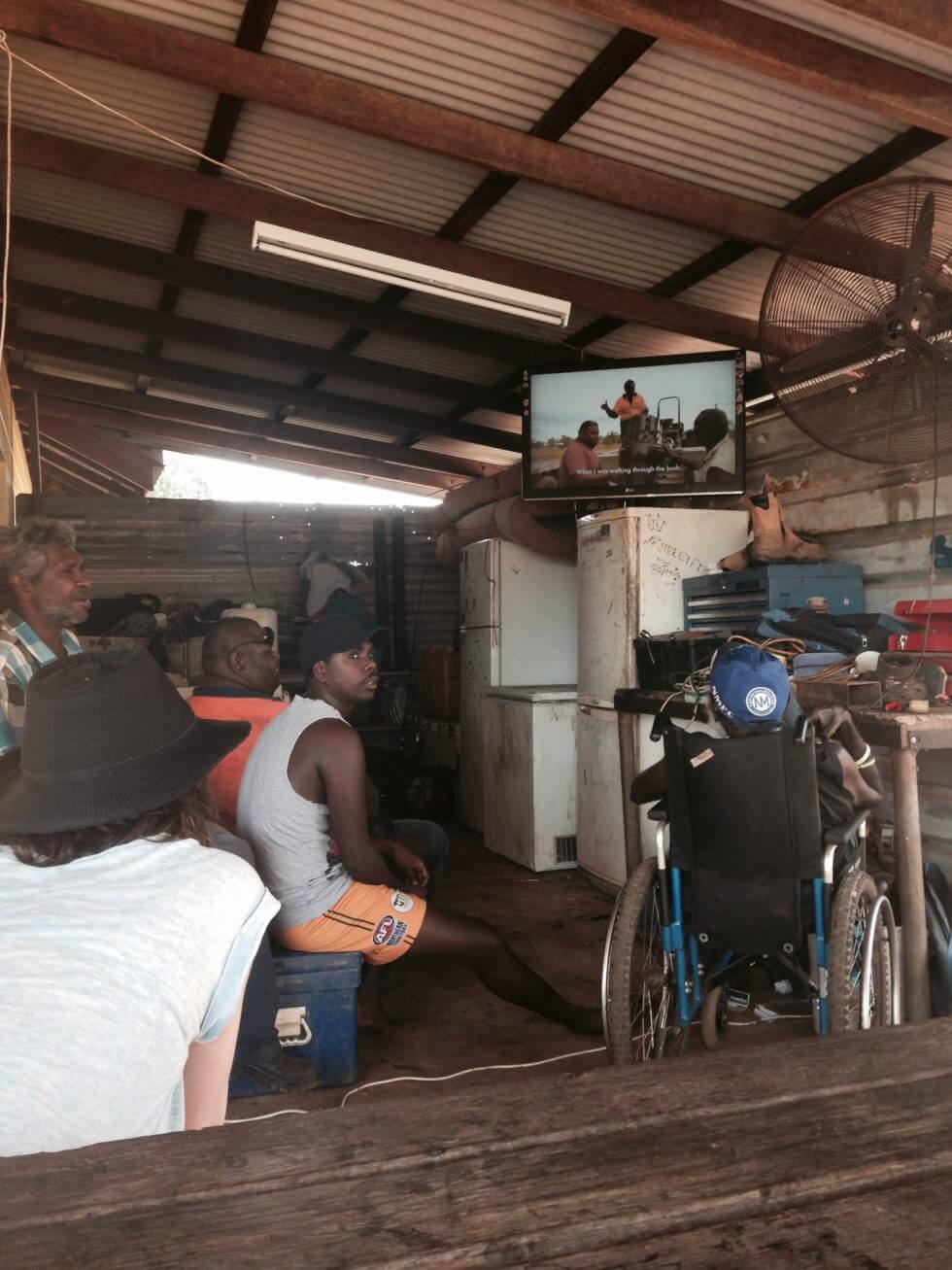
Elizabeth Povinelli, Colombia Univeristy
Most Karrabing live on a rural Indigenous community in the Northern Territory with low or no income. Their films and art works represent their lives, create bonds with their land, and intervene in global images of Indigeneity. They develop local artistic languages and forms, while allowing audiences to understand new forms of collective Indigenous agency. Their medium is a form of survivance – a refusal to relinquish their country and a means of investigating contemporary social conditions of inequality.
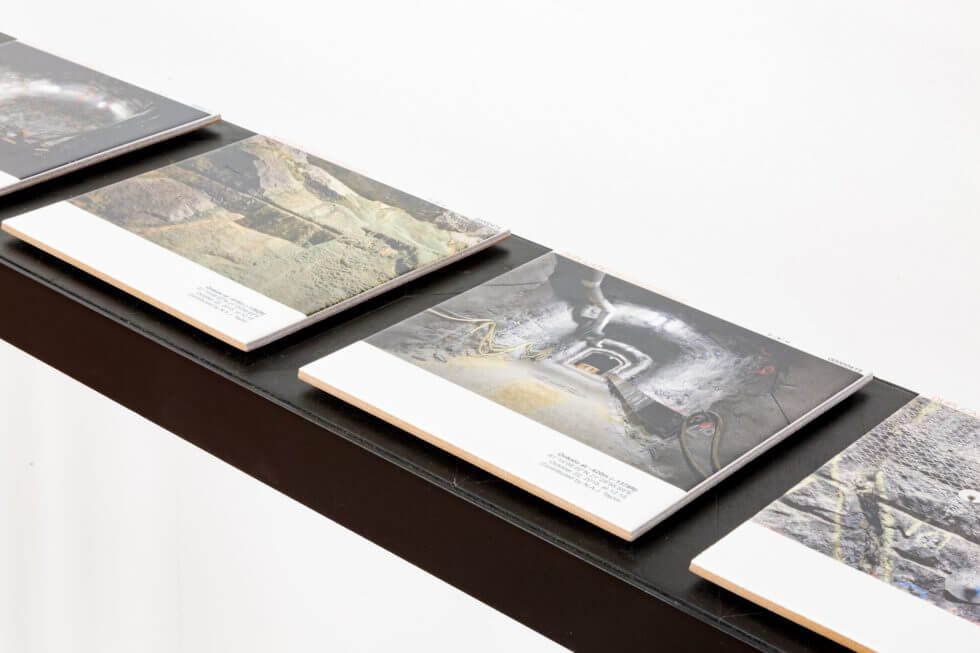
N.A.J. Taylor, The University of Melbourne
With the detonation of the first nuclear weapon on July 16, 1945, we irreversibly entered the nuclear age. When people think about our shared nuclear future today, they tend to employ one of two, competing, narratives. In one vision we humans—and perhaps everything—is violated and dies. In the other, life thrives because Earth is either in a state of nuclear peace or is denuclearized. Taylor‘s Nuclear Deferral intervenes in this discourse by bringing into view a third and fourth possible future, in which nuclear harm is inflicted on Earth and its inhabitants from either above or below. On at least one of these nuclear endings we can be certain.
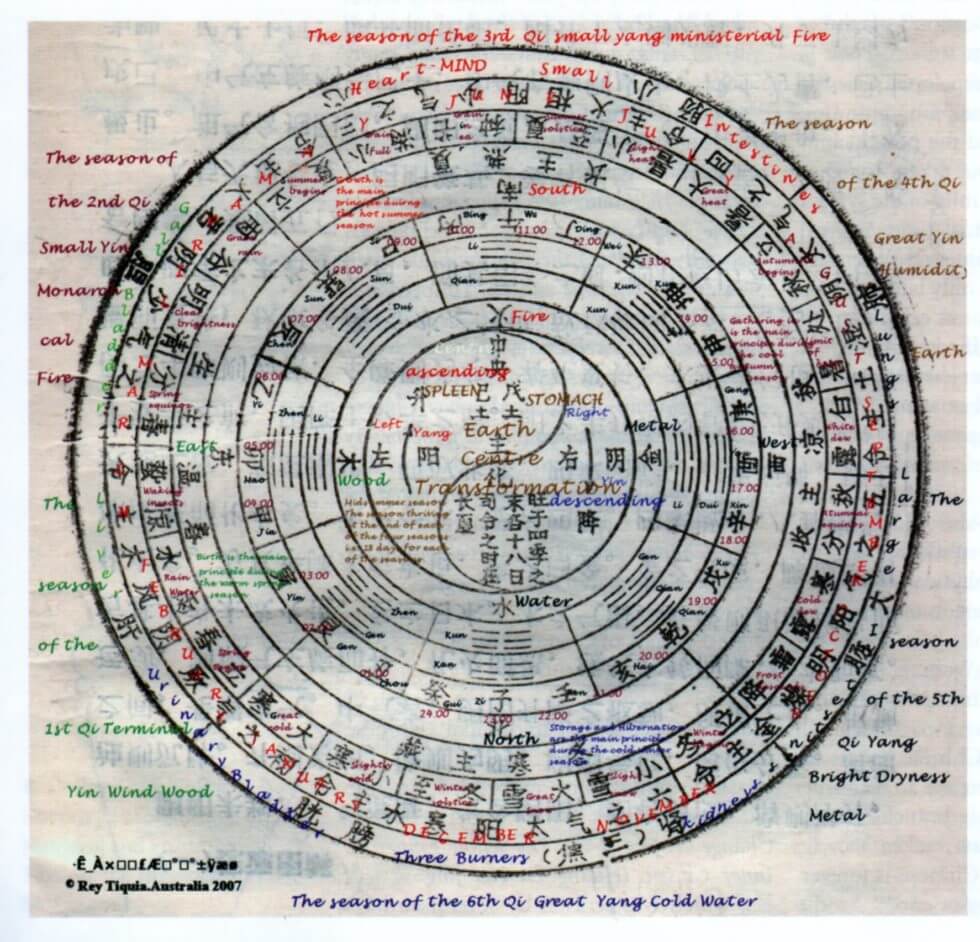
Rey Calingo Tiquia, University of Melbourne
In the Stems and Branches Calendrical Clock SBCC (Northern and Southern Hemispheres), yin embraces yang, one element embraces the other four elements/agents/phases and one trigram and hexagram embraces the other seven trigrams and sixty three hexagrams of the Book of Changes; north embraces south, east embraces west, the heart-mind embraces the body while the physical embraces the spiritual; the 24-hour astronomical time system embraces the 24 sub seasonal phases or solar term ershisige jieqi; the Gregorian Calendar months embraces the sexagenary lunar months of the traditional Chinese calendar and the human endogenous organ systems 'wu zang liu fu' and their corresponding merdian/acutract embrace the triad of the Earth, Heaven and Humanity 'tian di ren'. In this way, the performance and mapping of the cosmic breath ('qi') in a four-dimensional process encompasses the three spatial dimensions of length, breadth, depth and the fourth dimension of time can be realised i.e. the realisation of space embracing time.
Remote Knowledge and Engagement
Julian Rutten, The University of Swinburne
What does it mean to be in-place within the technosphere? This research explores the potential for interactive and embedded technologies to meaningfully engage citizens with contemporary ecosystems and ecological processes. Understanding a place is a unique combination of social, technical, natural, and political arrangements. Distributed sensors, machine learning algorithms, and community engagement enhance our ability to understand the complexity that occurs at a local scale. This research explores the potential for these methods to enhance existing practices of ecological restoration.
S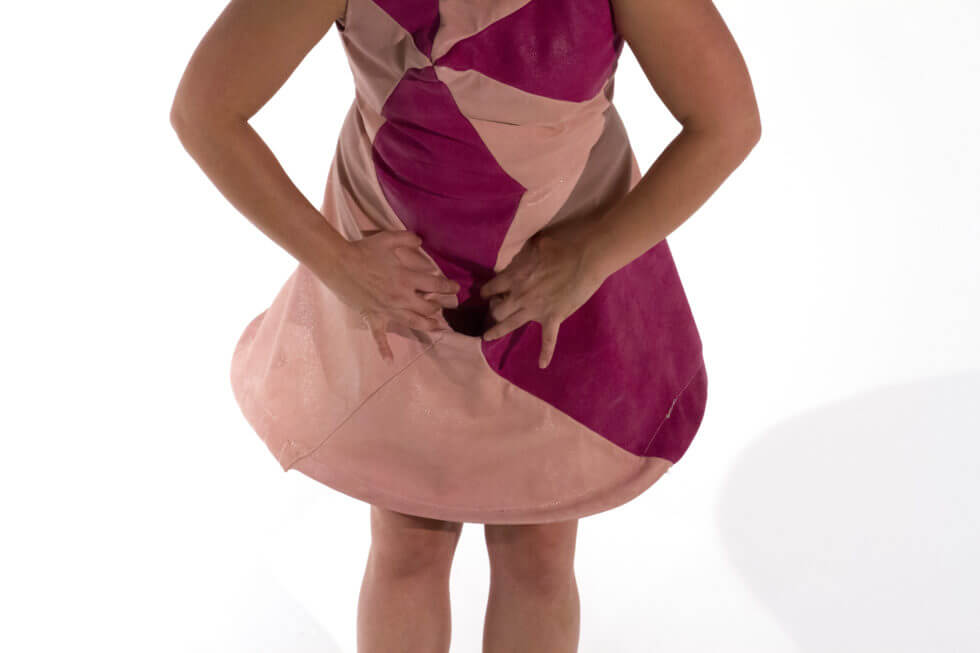
Stephen Molldrem, The University of Michigan; David Nasca, Artist; Kate O‘Connor, University Of Michigan, Ann Arbor
This booth will showcase the planning process for Science (Is Not) Fair, an event which will take place in Fall 2018 in Chicago, IL. Science (Is Not) Fair is a one-day hybrid art exhibition and academic symposium that focuses on how queer identities and bodies are shaped, affected, and often ignored by science, design practices, and biomedical systems. Our booth will include process visualizations and copies of an open-source Manual for Instigating Queer or Otherwise Radical Science Fairs: A Guide for Hustlers and Program Managers. This technical assistance document will be written as a Health Fair Manual, a genre of public health grey literature.
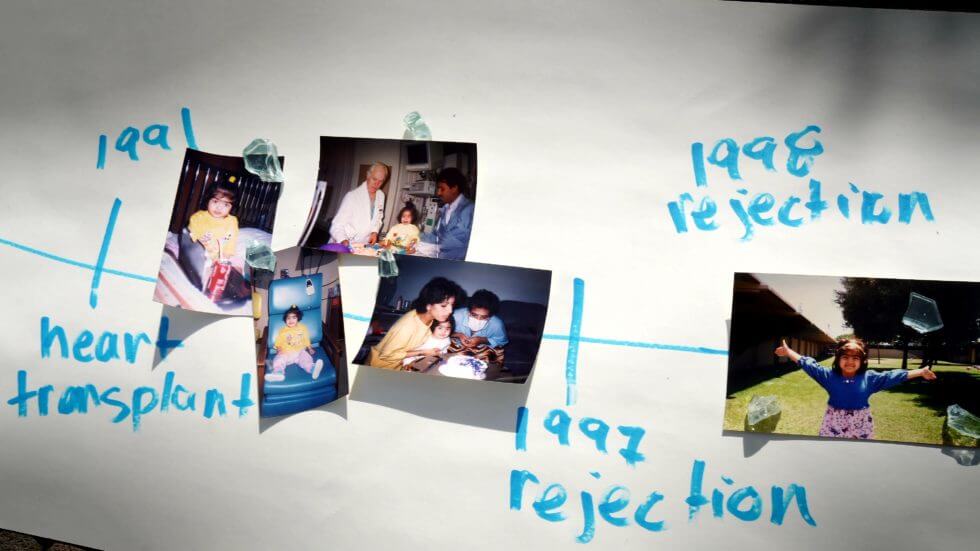
Nadine Tanio;
Nadine Tanio, UCLA, Graduate School of Education and Information Studies
My work explores how young heart transplant patients envision, articulate and navigate their transition from pediatric to adult medical care, from childhood to adulthood. I share work from an ongoing collaborative youth media research project that explores how young people transition, translate, and transform their personal experiences to shared situated knowledge. Through video shorts crafted to teach others (peers, medical and family caregivers, other transplant patients and educators) and a discussion of storytelling practices, I reflect on how narratives of positionality, of practice, and of pedagogy create communities for learning and living within the transitory spaces of high-tech modern medicine.
